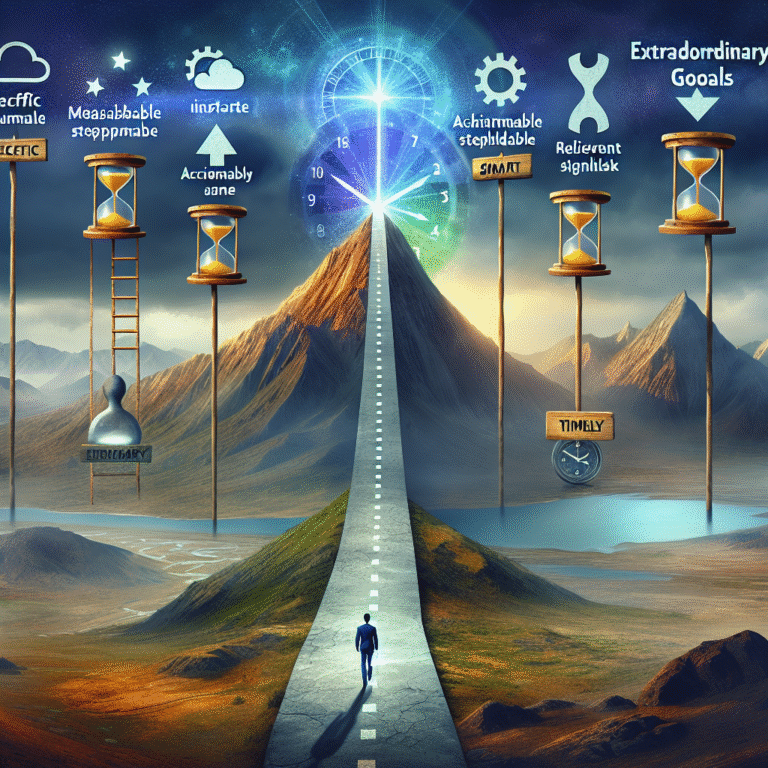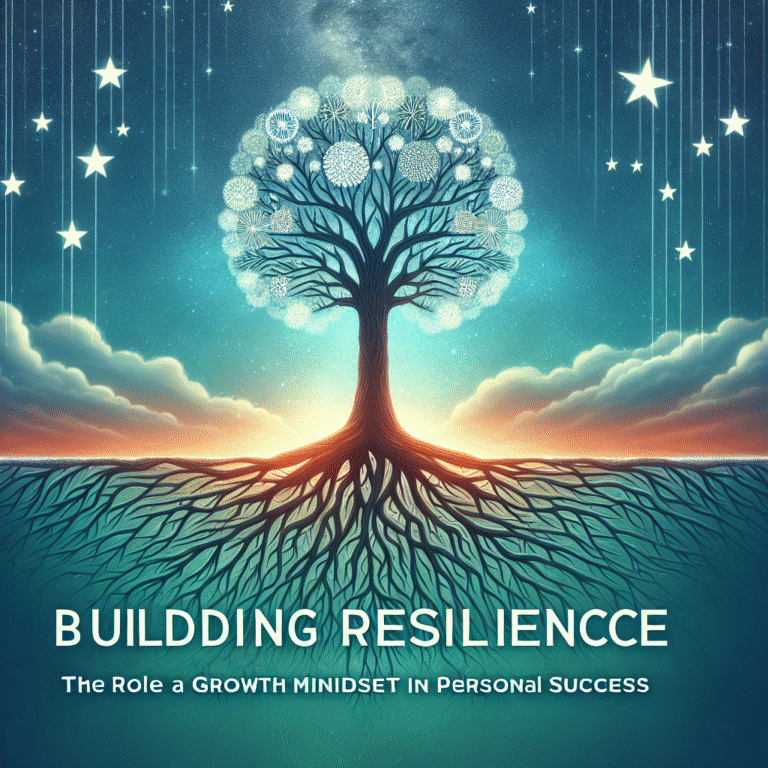
Rewiring Love: Applying Attachment Theory for Healthier Adult Relationships
Introduction
Have you ever found yourself in a pattern of unhealthy relationships, encountering the same emotional pitfalls time and again? You’ve likely faced a whirlwind of emotions that leave you feeling confused and frustrated. In today’s fast-paced world, where connection is more crucial than ever, understanding how our past relationships affect our present ones is fundamental. This is where Rewiring Love: Applying Attachment Theory for Healthier Adult Relationships becomes invaluable. By tapping into attachment theory, we can unearth the underlying dynamics affecting our romantic bonds, ultimately leading to deeper, more fulfilling connections. This article will serve as your guide to exploring how attachment theory works, how it applies to adult relationships, and how you can use this framework to rewire your approach to love.
Understanding Attachment Theory
Attachment theory, developed by John Bowlby and Mary Ainsworth, suggests that our early experiences with caregivers shape our emotional responses and relationship patterns throughout our lives. The four main attachment styles—secure, anxious, avoidant, and disorganized—determine how we relate to others in romantic contexts.
The Four Attachment Styles
| Attachment Style | Characteristics | Relationship Impact |
|---|---|---|
| Secure | Comfortable with intimacy and dependability. | Healthy communication and conflict resolution. |
| Anxious | High levels of anxiety about relationship security. | Often seeks reassurance and can be clingy. |
| Avoidant | Values independence but struggles with intimacy. | May push partners away or avoid commitment. |
| Disorganized | Exhibits both anxious and avoidant behaviors. | Can lead to chaos and fear in relationships. |
Real-World Impact of Attachment Styles
A person with a secure attachment style typically forms more stable, healthy relationships. They communicate effectively and trust their partners, leading to a harmonious connection. In contrast, someone with an anxious attachment style may frequently worry about their partner’s commitment, often seeking constant validation. This can manifest as clinginess, potentially pushing their partner away, thereby perpetuating a cycle of insecurity.
Case Study: Sarah and Tom
Sarah, with her anxious attachment style, often found herself in a turmoil of romantic relationships. Her deep fear of abandonment led her to frequently text her partners for reassurance. In one relationship, Tom, who had an avoidant attachment style, felt suffocated by her constant need for validation. The imbalance created a rift that ultimately caused their relationship to collapse.
Their situation illustrates how understanding Rewiring Love: Applying Attachment Theory for Healthier Adult Relationships can help the couple recognize their patterns. If they had focused on improving their communication and mutual understanding, they might have broken their cycle of distress.
Identifying Your Attachment Style
Before you can effectively rewire your approach to love, you need to identify your attachment style. Self-awareness is the first step toward healthier relationships. Consider the following questions:
- Do you often worry about your partner’s commitment?
- How do you respond to conflict or emotional intimacy?
- Are you comfortable expressing your needs in relationships?
Shift From Awareness to Action
Once you identify your attachment style, contemplate how it manifests in your relationships. Take actionable steps to rewire these patterns. For instance, if you identify with an anxious attachment style, practice self-soothing techniques that lead to increased emotional regulation during moments of insecurity.
Rewiring Your Attachment Style
Rewiring Love: Applying Attachment Theory for Healthier Adult Relationships involves actively shifting your attachment style toward a more secure framework. Here are some powerful approaches:
1. Cultivating Self-Compassion
Self-compassion is crucial for emotional healing. When you accept your imperfections and learn to treat yourself with kindness, you create a more stable emotional foundation for relationships.
Case Study: Michael’s Journey to Self-Compassion
Michael, an individual with a disorganized attachment style, spent years engaging in tumultuous relationships filled with both intense love and fear of rejection. Through mindfulness practices and self-compassion exercises, he learned to appreciate his worth separate from his partner’s actions. Gradually, this shift reduced his anxiety and helped him forge healthier connections.
2. Developing Emotional Awareness
Emotional awareness completes the groundwork for healthier relationships. Recognize your own feelings and the feelings of your partner during interactions. This practice fosters empathy and reduces misunderstandings.
Activity: Daily Emotional Journaling
Keeping a daily journal where you document your emotions can provide clarity. Each evening, write about moments that made you feel upset, happy, or confused. This practice highlights patterns in your emotional responses, illustrating how your attachment style influences your reactions.
3. Enhancing Communication Skills
Clear and respectful communication reduces the risks of misinterpretation, which is vital in all relationships. Focus on using ‘I’ statements to express your feelings rather than blaming your partner.
Example:
Instead of saying, “You never listen to me!” you could say, “I feel unheard when we have discussions.” This technique fosters understanding and opens paths toward resolution.
Navigating Challenges in Rewiring Love
Even when committed to rewiring your attachment style, challenges will arise. Being mindful of these obstacles helps you navigate them where they appear.
Facing Relational Triggers
Relational triggers can provoke intense emotional responses. Recognizing your triggers and how they link back to your attachment style is essential. When you encounter a trigger, pause and assess your feelings.
Practicing Healthy Boundaries
Establishing and respecting boundaries is a fundamental part of healthy relationships. Learn to articulate your limits while respecting those of your partner. This mutual respect nurtures a secure attachment environment.
Conclusion
As we journey through love and relationships, our past significantly shapes our present. Rewiring Love: Applying Attachment Theory for Healthier Adult Relationships invites us to reflect on our attachment styles and take actionable steps toward improvement. With self-awareness, compassion, and effective communication, it is entirely possible to reshape our relational patterns. Let your past guide you, but don’t let it define you. Strive for deeper connections, healthier love, and a more fulfilling relational life.
FAQs Section
1. How can I identify my attachment style?
To identify your attachment style, reflect on your behavior in past and current relationships. Consider taking online assessments or journaling about your thoughts and feelings regarding intimacy and emotional connections.
2. Can attachment styles change over time?
Yes, attachment styles can evolve. By engaging in personal growth and nurturing relationships, individuals can move toward a more secure attachment style.
3. What if my partner has a different attachment style?
Different attachment styles can coexist in a relationship. Open and honest communication is vital in navigating these differences and finding common ground.
4. How do I support a partner with an anxious attachment style?
Support your partner by providing reassurance and maintaining open lines of communication. Encourage them to express their feelings and create a safe space for vulnerability.
5. Can I rewire my attachment style without therapy?
While therapy can provide valuable insights, self-help methods such as journaling, self-compassion practices, and emotional awareness can also be effective in rewiring your attachment style.
In embracing the principles of Rewiring Love: Applying Attachment Theory for Healthier Adult Relationships, we discover not only how to heal our wounds but also how to foster joy, connection, and love in our lives. Let the journey of redefinition begin.
















